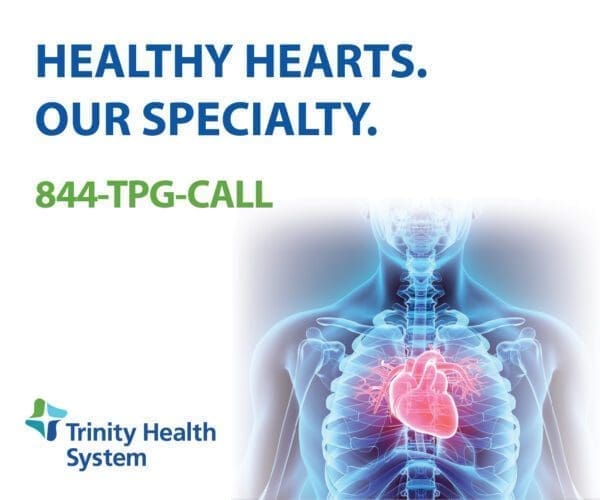The rise and fall of the oldest settlement in Ohio are similar to the tales concerning all of the once thriving communities in the Upper Ohio Valley.
The population in Martins Ferry, for instance, was at its peak in the 1940s much like the number of residents in Wheeling topped out during the same decade. Since, however, the Purple City is home to fewer than half of the 14,729 that crowded the town 80 years ago.
“We have seen a lot of change; that’s for sure,” said Jack Regis, a Martins Ferry council member who has served the city in multiple capacities. “Most of the changes haven’t been very positive, but we’re hanging in there.”
When the steel mill was permanently shuttered in the mid-2000s, the sky was falling.
“That was a very bad day for the people of Martins Ferry and for the city, too, because that mill was our biggest water customer,” Regis recalled. “Those were good-paying jobs, so for that to go away from the city’s coffers caused us to make a lot of decisions we never wanted to.”
“You could just see it. People were walking around with their heads down,” Regis said. “A lot of our residents worked there, and all of a sudden it was gone, and no one knew what was going to happen.”
And the when East Ohio Regional Hospital closed in October 2019, the sky fell to the ground.

Sad Silence
Along with EORH, the Ohio Valley Medical Center in Center Wheeling was closed, too, by the Alecto Corp. Combined, more than 1,100 local people suddenly were unemployed.
And, for the people of Martins Ferry, the hospital’s closure was concerning because of the construction work taking place along Interstate 70 in Ohio County. The loss of EORH meant Wheeling Hospital would be the closest emergency room, and the level of worry grew during the pandemic because the I-70 eastbound lanes were scheduled to be blocked in February.
“People have accidents. They have heart attacks and other health issues to have to go to the ER, so when our hospital closed, people were worried because it had always been there when they needed it. And the traffic on I-70 was unpredictable for a while. It straightened out, but then the detours to go east take you pretty far away from Wheeling Hospital.
“But soon after that side of the interstate was closed, the hospital opened up again, and it was a blessing,” he said. “What (new owner) Dr. John Johnson has done was put a lot of life back into Martins Ferry, and you can tell. There’s more traffic, more people in our businesses, and the businesses have told us they are doing better than ever. That’s why I believe Martins Ferry is making a comeback in a lot of ways.”
Dr. Johnson hired CFO Bernie Albertini to navigate the massive renovation that had to take place to resurrect EORH back to viable, and Regis, his council colleagues, and Mayor John Davies played a part by approving a 75 percent rebate on income taxes collected from hospital employees.
“It would not have made much sense for us not to approve that because, if the hospital didn’t reopen, 75 percent of nothing was nothing,” Regis said. “But since they did reopen, more and more keeps reopening. The long-term care facility just reopened, and the hospital now has more employees than Bernie and Dr. Johnson projected in the beginning.”

Reversing the Trend
The city of Martins Ferry lost the most residents during the period between 1950 and 1990, and in the last 30 years about 1,500 fewer folks call it home.
The estimate for 2019 released by the U.S. Census Bureau stated that approximately 6,500 resided in Martins Ferry, and that number is expected to be lower when the official 2020 statistics are released later this year. How to attract new residents, Regis confirmed, is an ongoing conversation among city and civic leaders.
“We have talked about it, and I’m not sure if anyone has the answer at this point,” the councilman said. “The reason this Valley lost so much population was because the jobs went away, so the easy answer to adding population is adding those kinds of jobs. People have to make a living.
“As a council, we’re willing to talk to anyone who wants to bring a new business to Martins Ferry because that’s the goal,” Regis added. “We have seen some businesses come into town like Belmont Breworks and that place seems pretty busy, and we have seen some expand like the Hanover Fuel Stop. So, there are a lot of reasons to believe we’re seeing the beginning of that comeback.”










